Should I be worried about the possibility of lead in the sandbox toys at my child’s school? [Vintage toy dinosaur pictured: 8,000 ppm Lead].
Introduction:
Tamara Rubin is a Federal award winning independent advocate for consumer goods safety and childhood Lead poisoning prevention. She is also a mother of Lead-poisoned children. She began testing consumer goods for toxicants in 2009, and was the parent-advocate responsible for finding Lead in the popular fidget spinner toys in 2017. She uses XRF testing (a scientific method used by the Consumer Product Safety Commission) to test consumer goods for metallic toxicants (including Lead, Cadmium, Mercury and Arsenic). To read more about the testing methodology employed for the test results reported on this blog, please click this link.
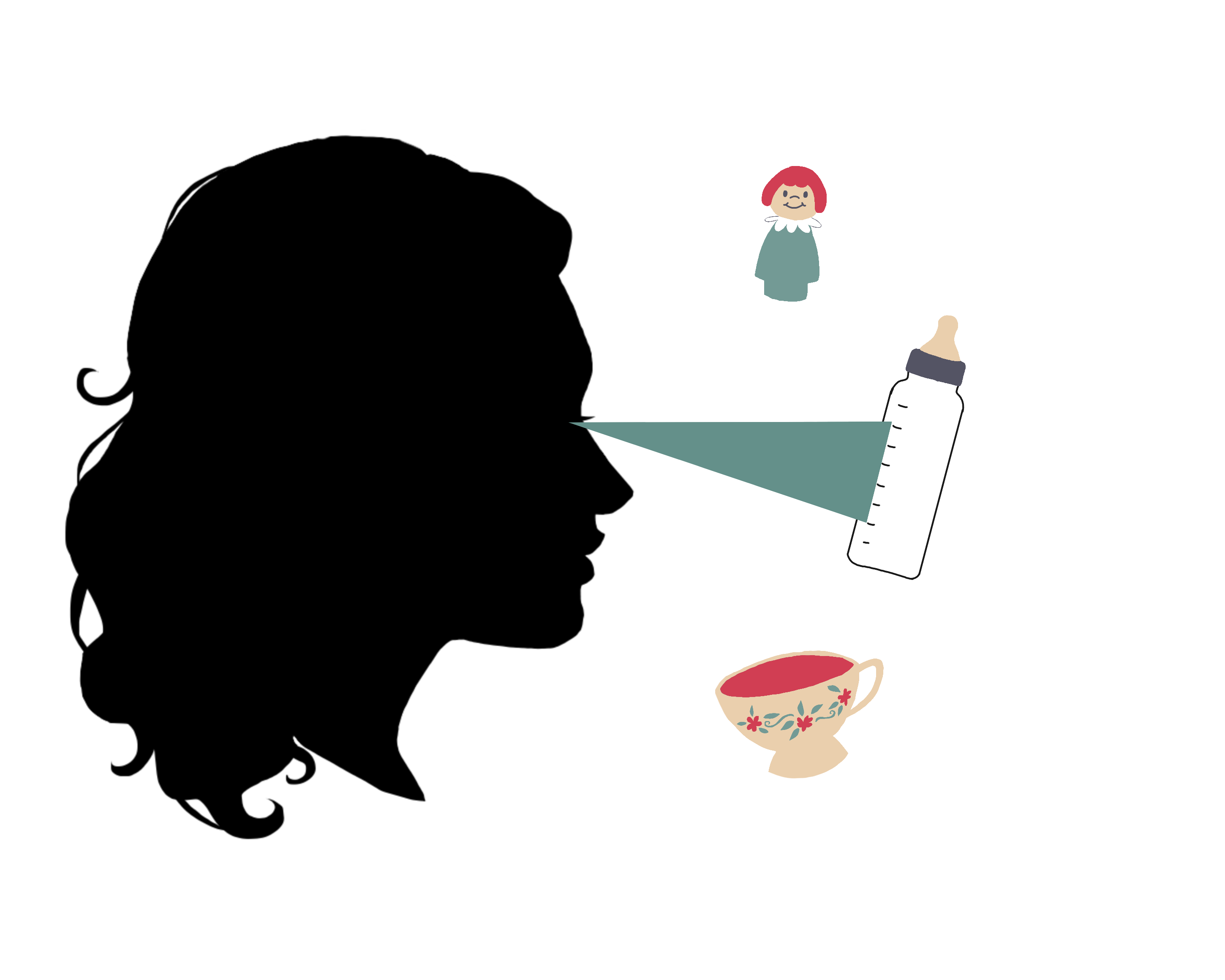 Question: Should I be worried about the possibility of Lead (Pb) in the sandbox toys (or on the playground) at my child’s school?
Question: Should I be worried about the possibility of Lead (Pb) in the sandbox toys (or on the playground) at my child’s school?
Answer: Yes, and here’s why…
The plastic toy dinosaur pictured here was just one of MANY leaded toys found on a playground at a daycare for young children near Santa Monica, California early in 2018.
A mom of children who attended the school had asked me to come look around for potential hazards in the areas used by her children (classrooms, special activity areas and playground) and my eyes went right to the dozens (if not a hundred or more) of “old” toys that were deemed crappy enough (yet sturdy enough) to be left outside day after day and therefore suitable for use on the playground. This included a whole flock of older plastic dinosaurs of all sizes.
As expected, many of the plastic dinosaurs positive for unsafe levels of Lead when tested with an XRF instrument.
Even in high-end, fancy private schools many of the toys and other learning aids are donated by well-intentioned families who no longer use these items in their home. As a result, these toys are often older (pre-dating the new consumer protection laws ushered in with the Consumer Product Safety Improvement Act of 2008), well-worn, and also possibly highly leaded.
The dinosaur pictured here did, in fact, test VERY HIGH for Lead (over 8,000 ppm), and was also positive for Cadmium, which is a known carcinogen. Please scroll down below the picture to see the exact full XRF readings for the vintage toy dinosaur pictured.
How much Lead is too much Lead?
The amount of Lead that is considered toxic in a newly manufactured item intended for use by children is 90 ppm or higher in the paint, glaze or coating of a toy or any reading that is 100 ppm Lead or higher in the substrate (the material that the item is made of – in the case of the dinosaur pictured, plastic).
Full XRF test results for the dinosaur pictured…
Test Area #1) The bottom of the dinosaur’s foot (flat surface)
100-second reading:
- Lead (Pb): 8,373 +/- 143 ppm
- Cadmium (Cd): 44 +/-8 ppm
- Barium (Ba): 3,387 +/- 84 ppm
- Chromium (Cr): 1,234 +/- 188 ppm
- Antimony (Sb): 60 +/- 17 ppm
- Bromine (Br): 59 +/- 8 ppm
- Tin (Sn): 101 +/- 16 ppm
- Zinc (Zn): 451 +/- 32 ppm
- Copper (Cu): 130 +/- 33 ppm
- Iron (Fe): 5,334 +/- 172 ppm
- Titanium (Ti): 12,100 +/ 1,800 ppm
Test Area #2) The dinosaur’s side (curved part)
30-second reading:
- Lead (Pb): 7,930 +/- 261 ppm
- Cadmium (Cd): 47 +/- 15 ppm
- Barium (Ba): 3,153 +/- 152 ppm
- Chromium (Cr): 571 +/- 324 ppm
- Bromine (Br): 82 +/- 15 ppm
- Tin (Sn): 105 +/- 29 ppm
- Zinc (Zn): 434 +/- 61 ppm
- Copper (Cu): 233 +/- 67 ppm
- Iron (Fe): 7,831 +/- 398 ppm
- Titanium (Ti): 32,000 +/ 3,700 ppm
To learn more about XRF testing, click here.
What you can do about this
Simple Solutions for schools and parents:
- Be strict about accepting donated toys: Don’t allow donated toys to be accepted by the school / classrooms unless the toys have a legible manufacture date stamped or otherwise permanently impressed into the bottom. Ideally, this date needs to be 2010 or newer. If there is no date (and especially if there is also no manufacturer indicated), the school should not accept the toy.
- Buy new toys for your child’s school: Absent a volunteer or staff person available to ensure compliance with suggestion #1, the school should only buy newly manufactured toys from reputable manufacturers/brands AND vendors (be on the lookout for and avoid vendors who sell cheap knock-offs of name brand toys — which can often initially appear identical – down to fake labels — the suspiciously low price being the red flag!).
- Consider creating non-toy-focused outside play spaces: A safe idea for young children, for outside play areas that are not a Lead concern, is setting up play tables that can be switched from water-play to sand-play to bean (or rice)-play (these are so great for kiddos with sensory issues, too!)
Good sandbox toy brands for preschools:
One of my favorite brands for sturdy outside toys that encourage interactive play (and hold up to the elements fairly well) has ALWAYS been Green Toys!* New (recently manufactured) toys from Fisher Price or Little Tikes are also normally good choices. I have quite a few suggested reputable brands on my www.ShopLeadSafeMama.com website.
Another example demonstrating why schools may not want to accept donated toys Thomas The Tank Engine Trains:
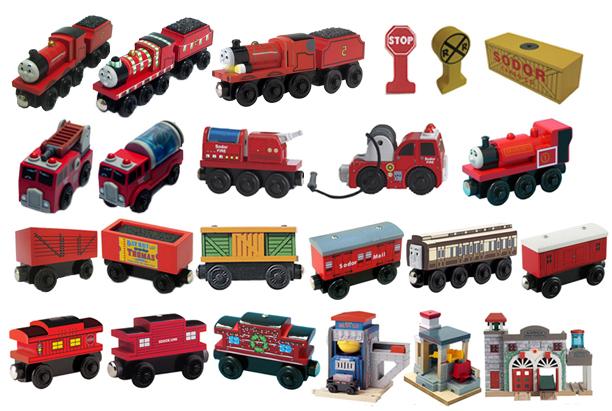
Back in 2009, in my own kiddos’ daycare — which was a private Jewish daycare (in Portland, Oregon’s west hills) I found recalled [high-lead] Thomas The Tank Engine Lead-painted wooden toy trains in the train tables in the baby and toddler rooms (some of the trains noted in the image above.)
How did recalled toys end up in a private daycare?
This is not an uncommon occurrence; after a recall makes a big splash in the news (the Thomas trains were recalled in June of 2007). The specific concern gradually fades from the both the headlines and people’s consciousness (and the original recall almost NEVER reaches all of the customers who bought the recalled products — especially folks like grandparents, who might not be staying on top of every single recall the way some new moms tend to these days!)
As a result recalled toys often end up being donated to daycares and schools when the family outgrows them, and the donor doesn’t realize they are giving a toxic item to the school.
To see more toys I have tested, click here.
Is “Made In China” a concern?
Given the focus and concern on plastic dinosaurs in this post (and the fact that most plastic dinosaurs are made in China and the Thomas trains were made in China too!) I wanted to make sure to state that contrary to a popular impression, the “Made in China” label is not necessarily a predictor of anything bad these days (post 2010).
The concern in each of these cases is not the country of origin, but the year made.
Please don’t reflexively reject toys for Lead concerns simply because they are manufactured in China. China is home to the largest manufacturing sector in the world, and thanks to current regulatory standards with a big focus on screening imported goods, in my experience most modern toys from China are Lead-free or Lead-safe; conversely, many toys that are high-Lead are not manufactured in China today.
To see more “Made In China” items I have tested, click here.
Thank you for reading and for sharing this post! As always, please let me know if you have any questions, I will do my best to answer them personally as soon as I have a moment (which may not be right away since I have children underfoot most of the time!)
Tamara Rubin
#LeadSafeMama
Amazon links are affiliate links. If you purchase something after clicking on one of these links, Lead Safe Mama, LLC may receive a small percentage of what you spend – at no extra cost to you.

Never Miss an Important Article Again!
Join our Email List


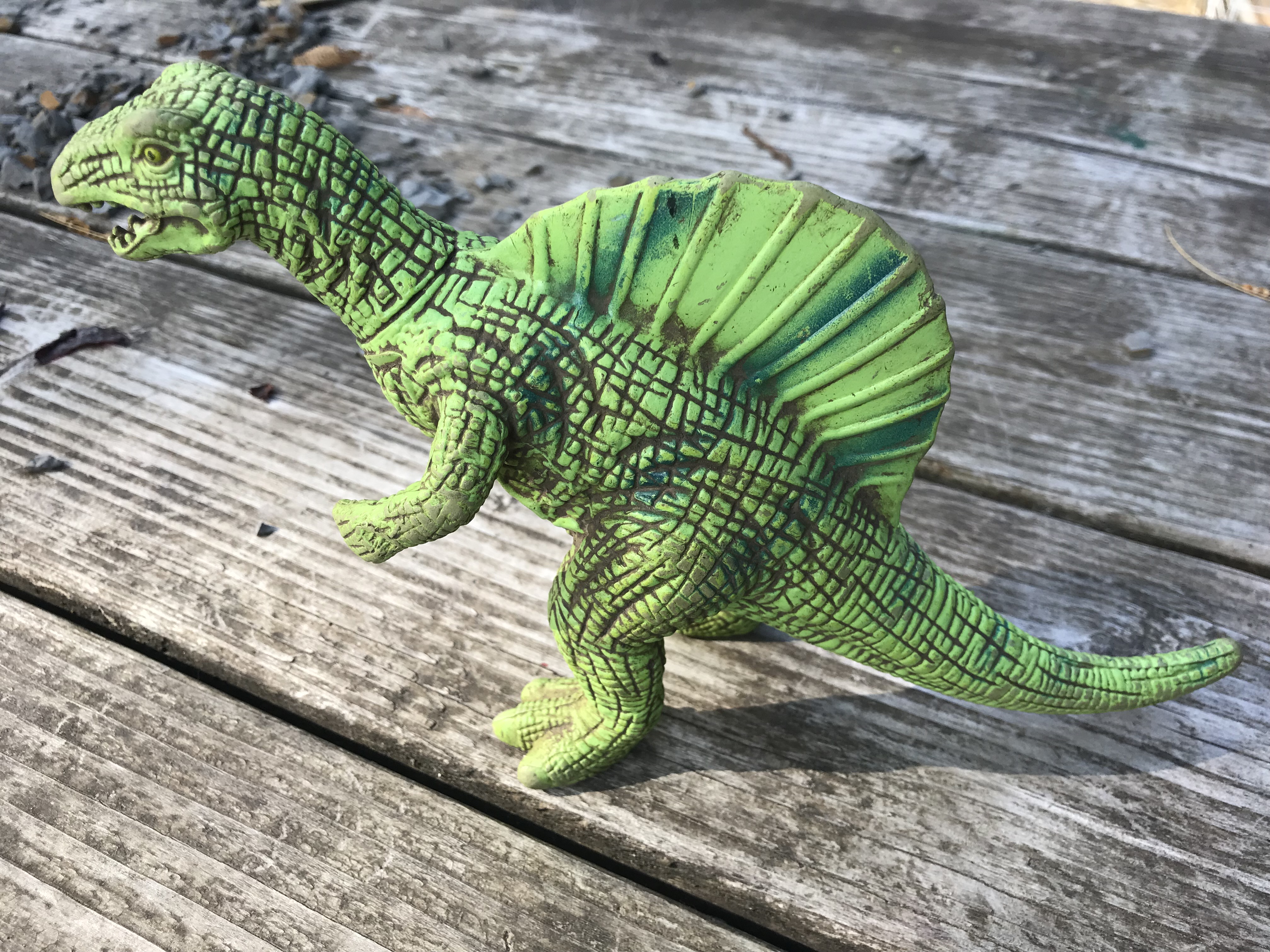
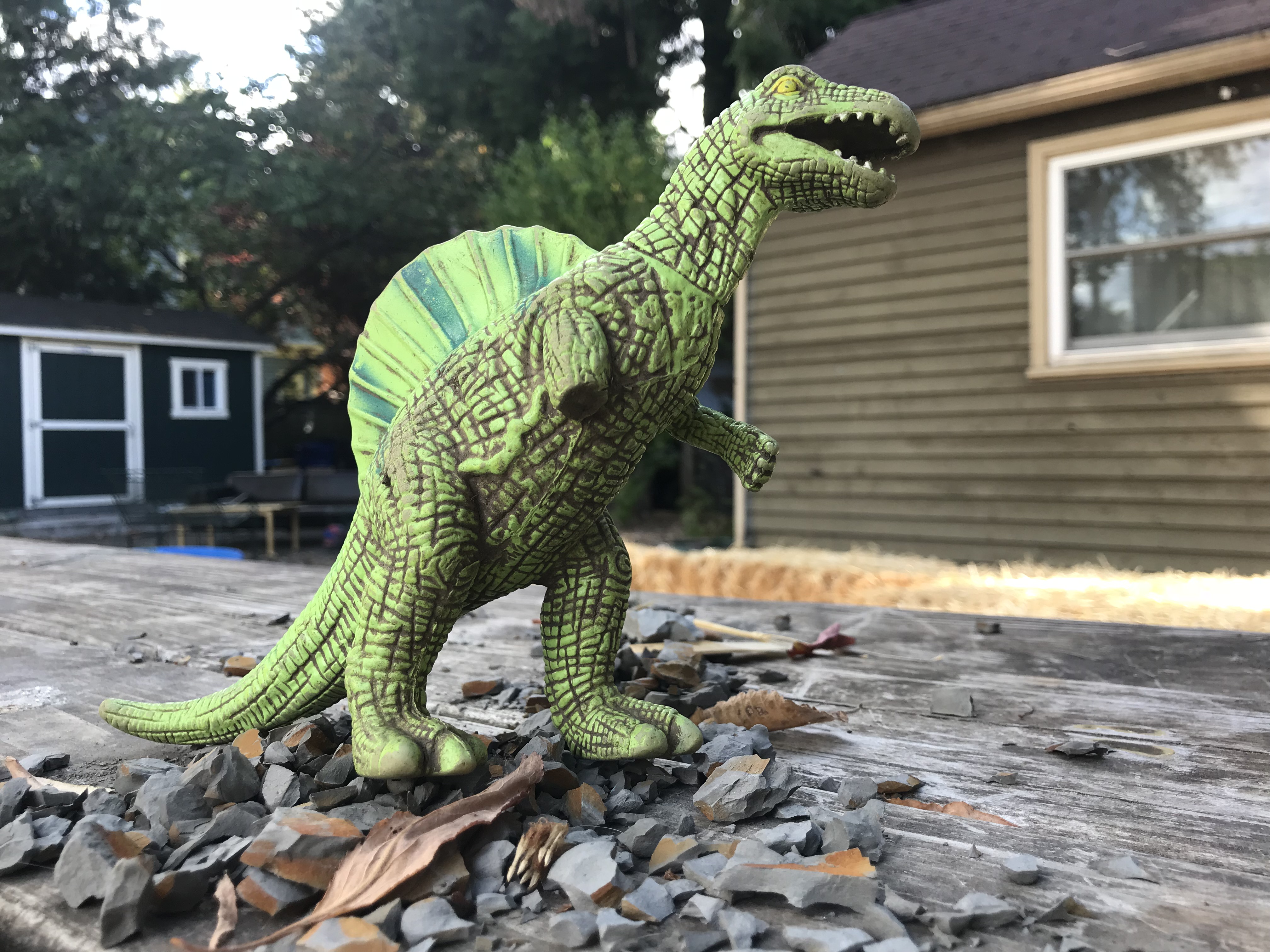
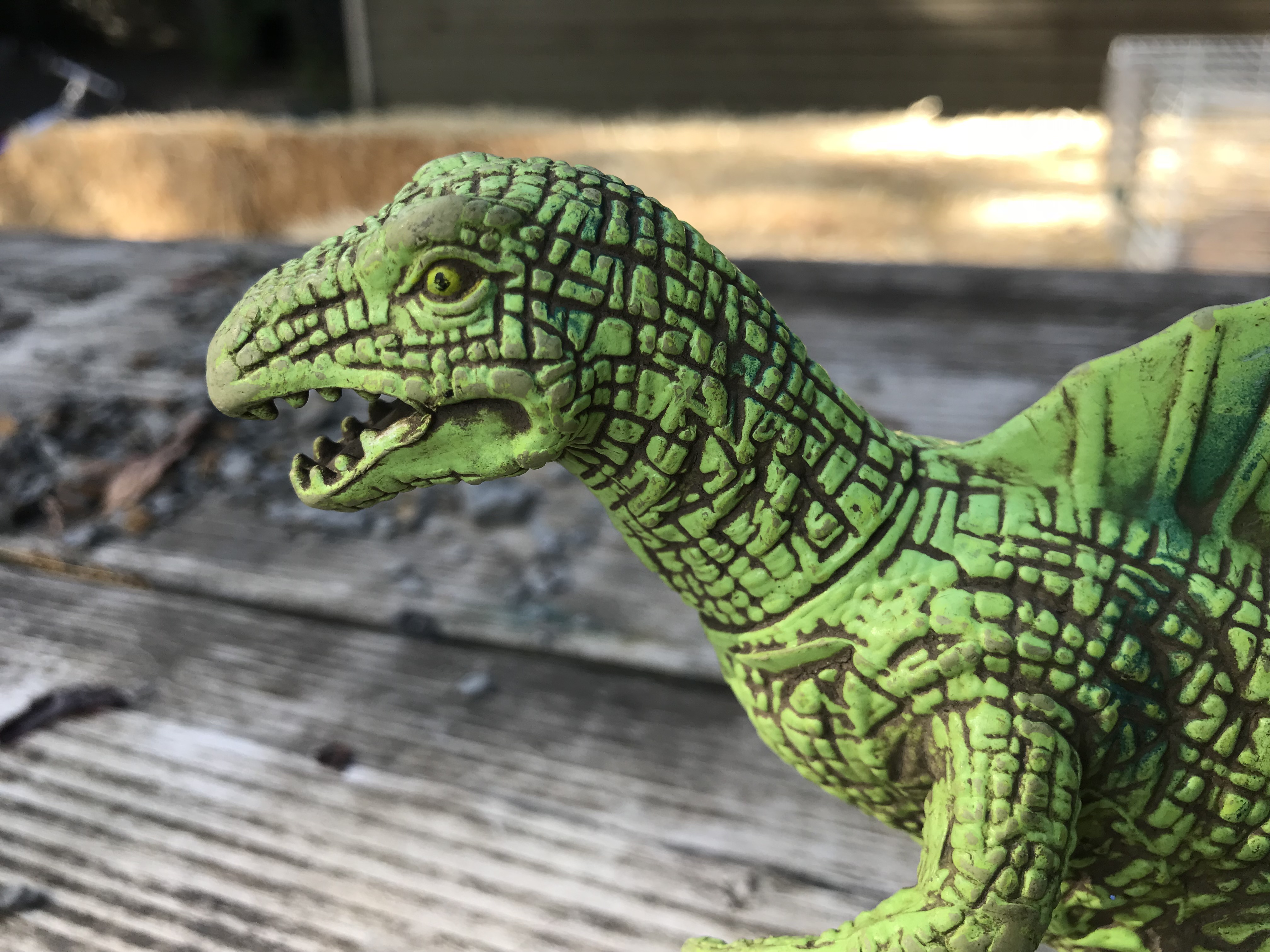

We have these:
https://amzn.to/2x5WqLw (aflink)
I’m assuming they are safe. They were a gift (bought off Amazon I believe) and they seem to look good! I do always wonder about people trying to find cheaper alternative for the same item on Amazon though.
Since they are a new children’s product specifically targeted to be used by young children I would also assume these are safe. While I am not familiar with this brand, anything after 2010 that is newly made and marketed to be played with by young children *should* be okay. The issue comes with items that have a warning (like “not for children under 14” or similar) and therefore consider their warning label to be a viable loophole (like the fidget spinners last year.)